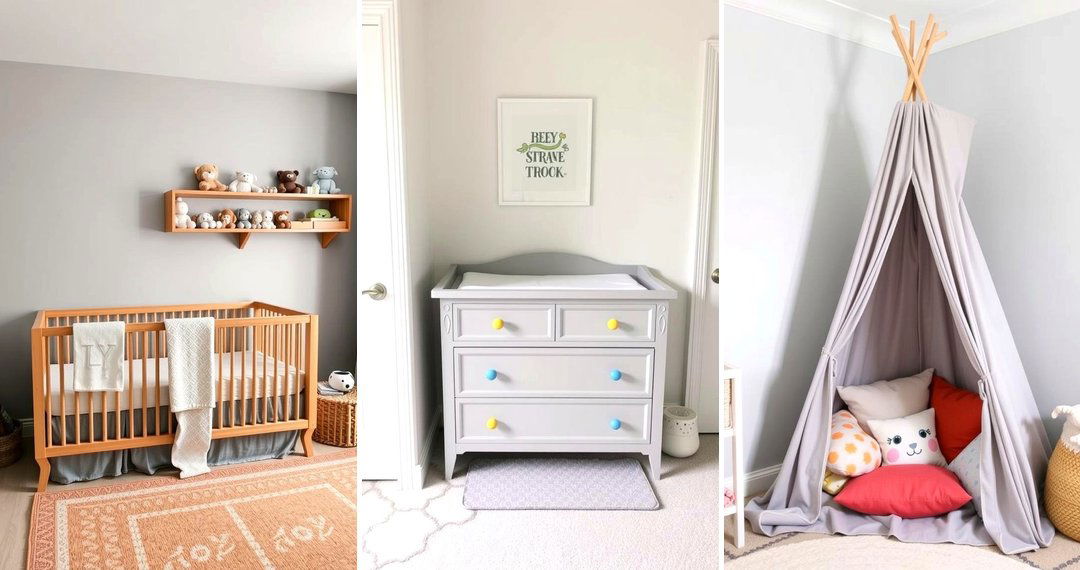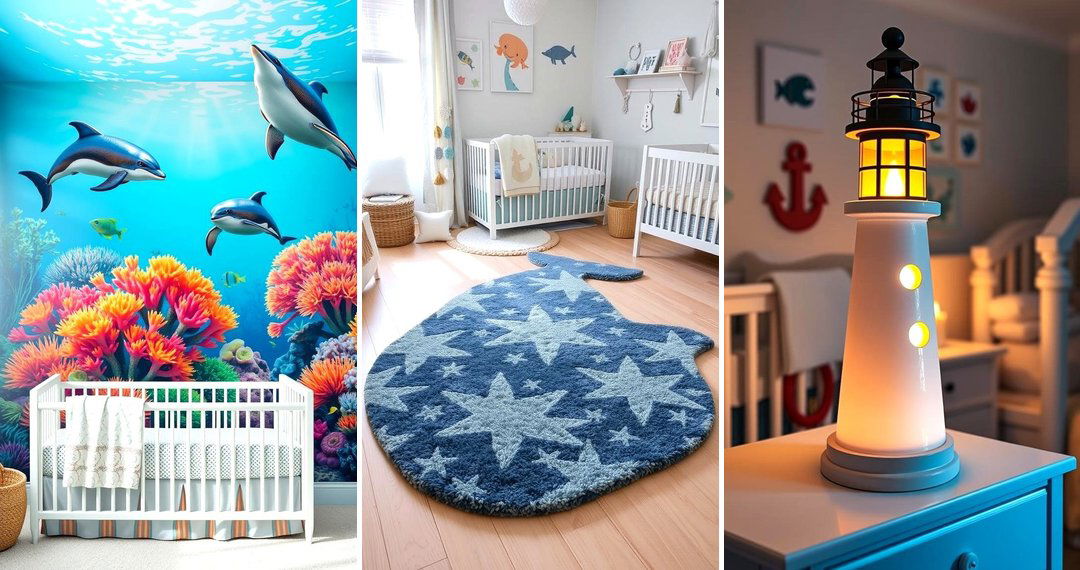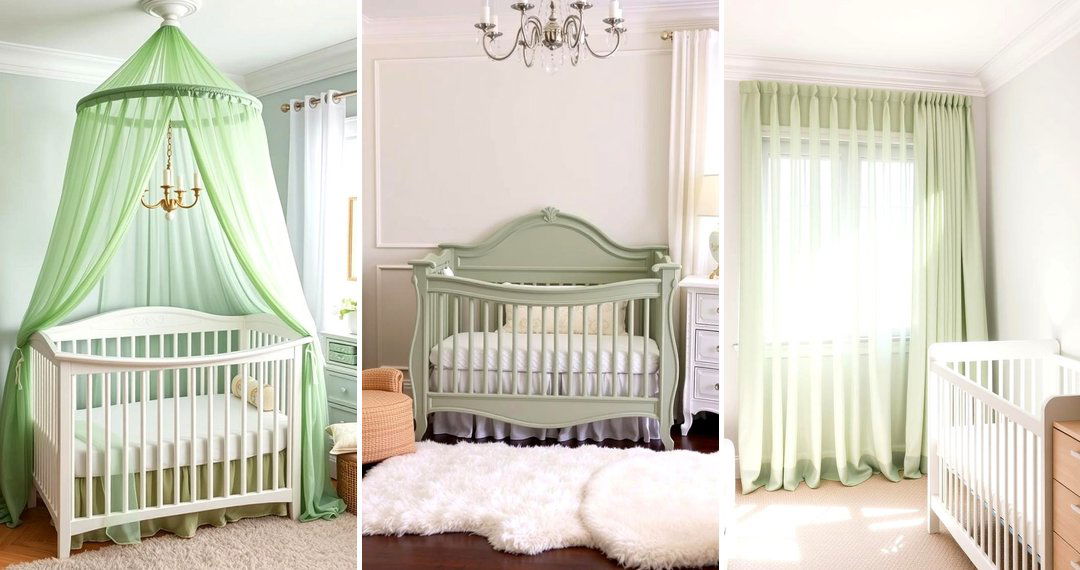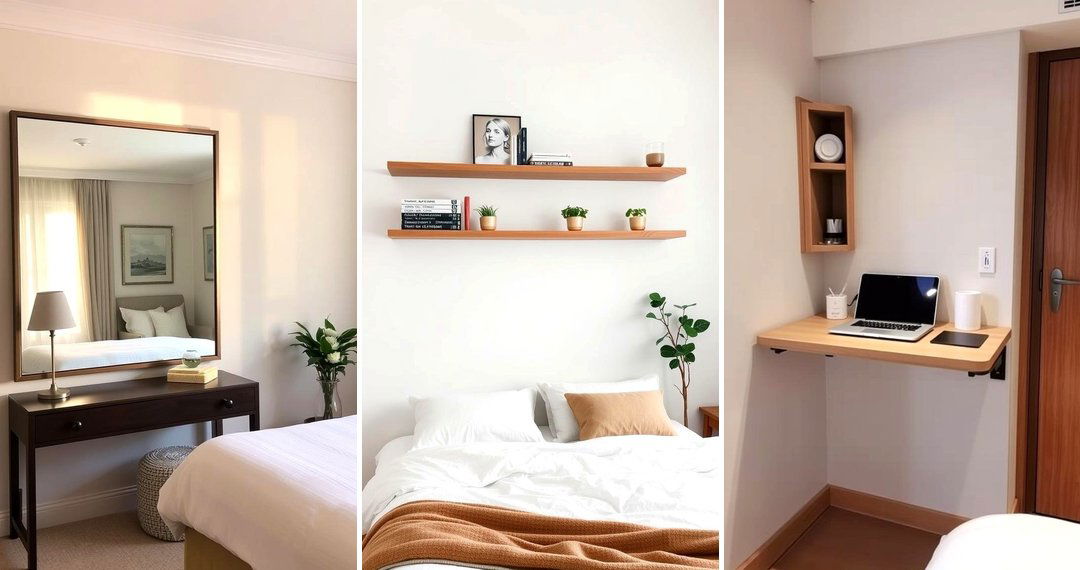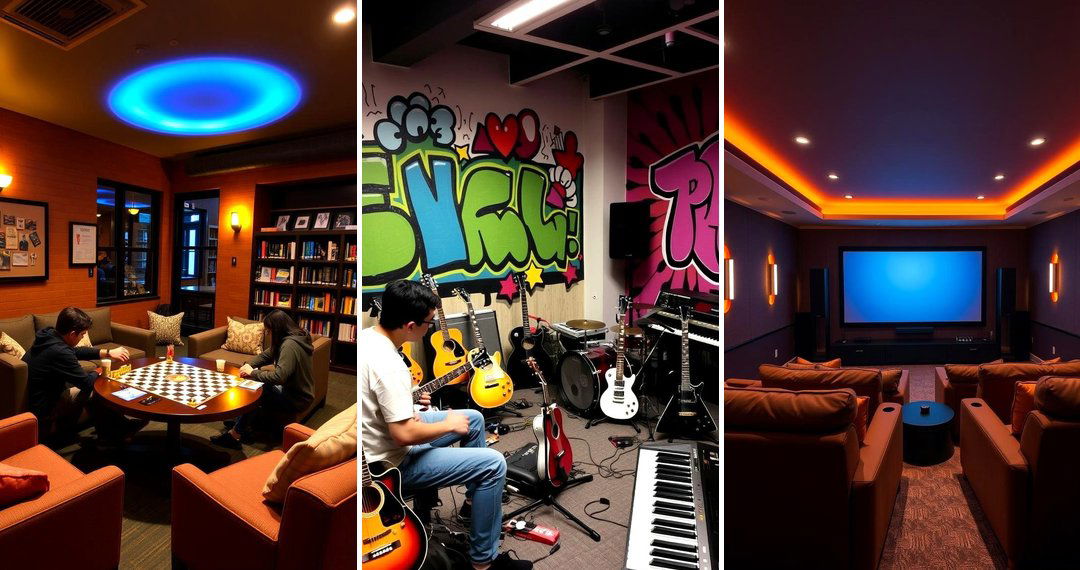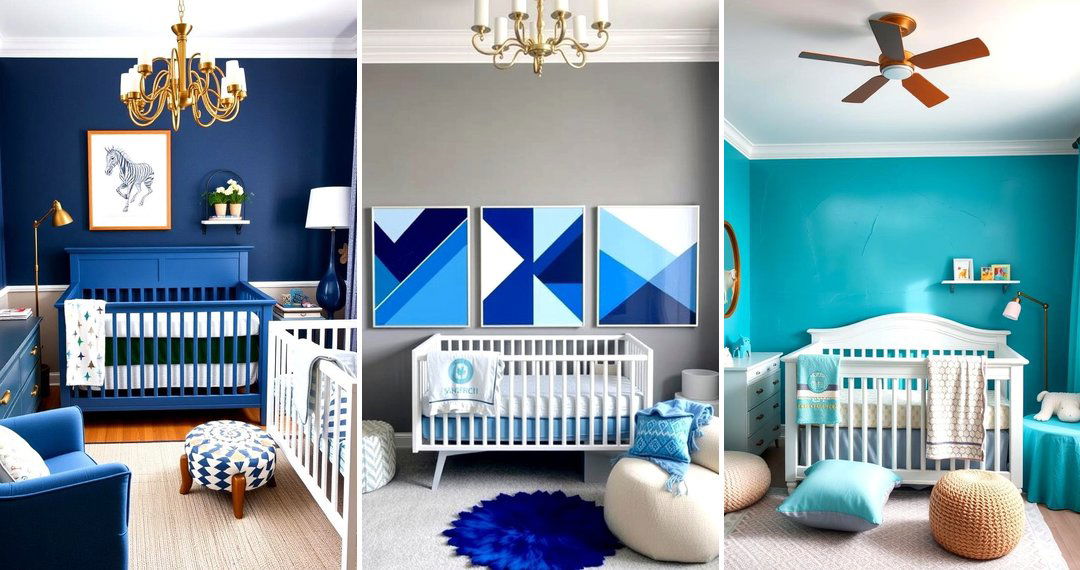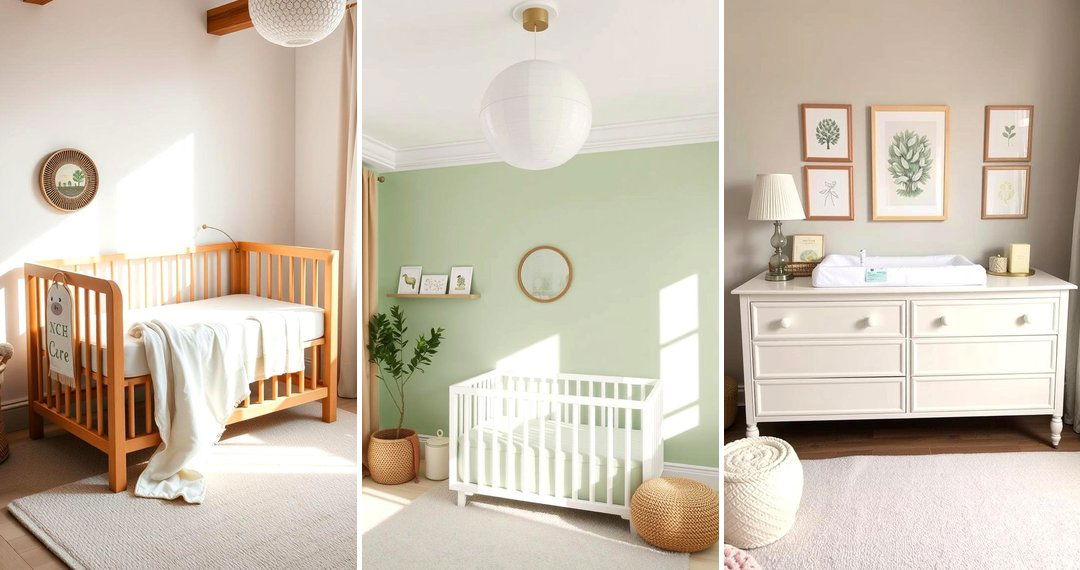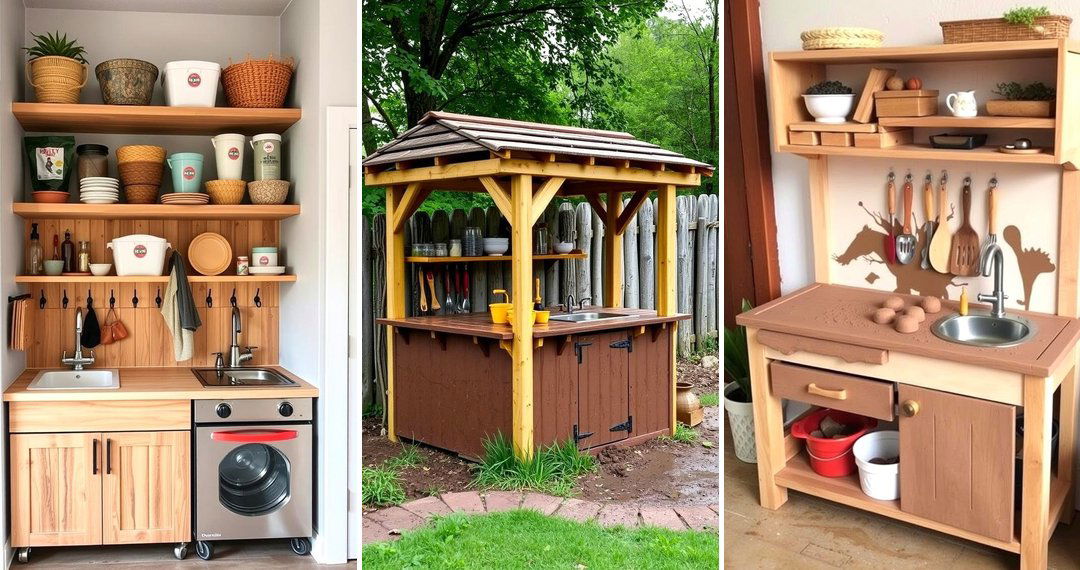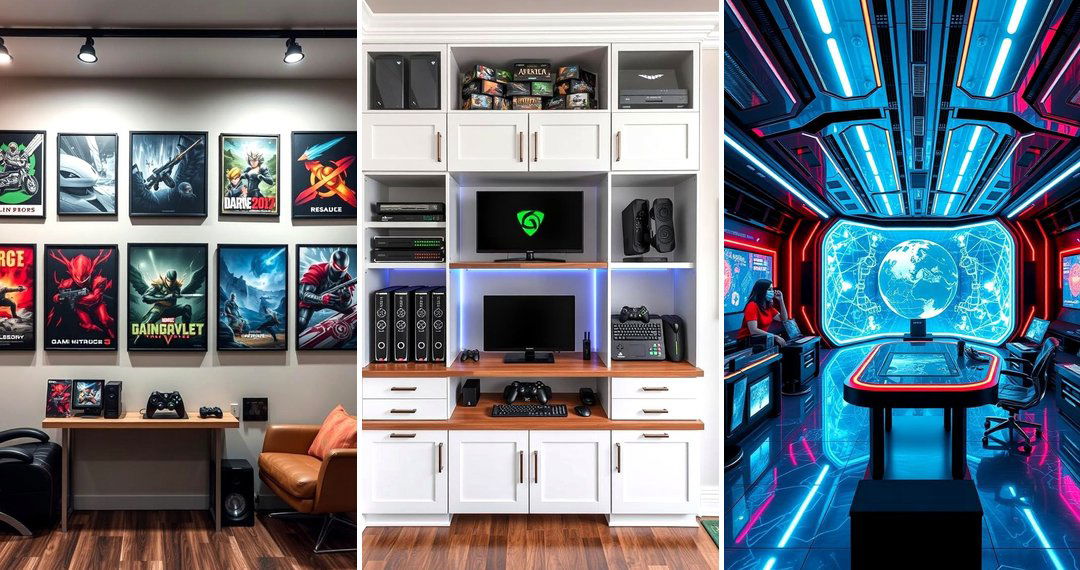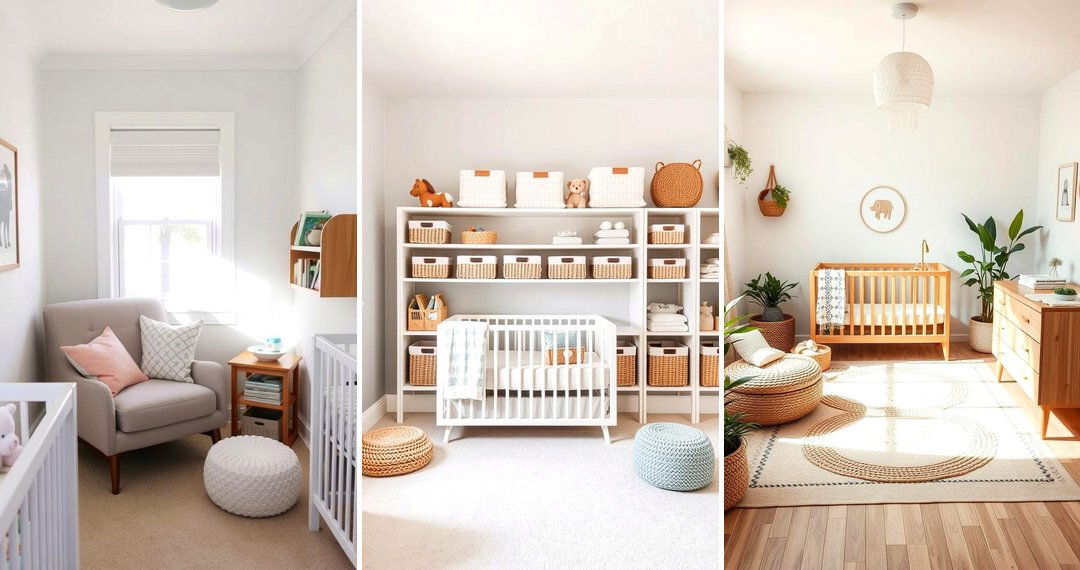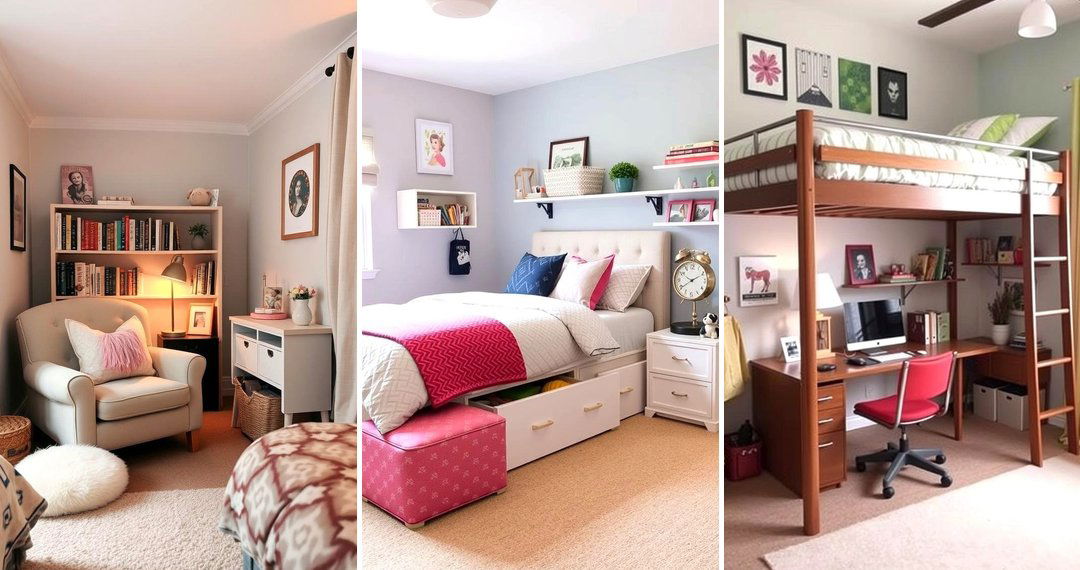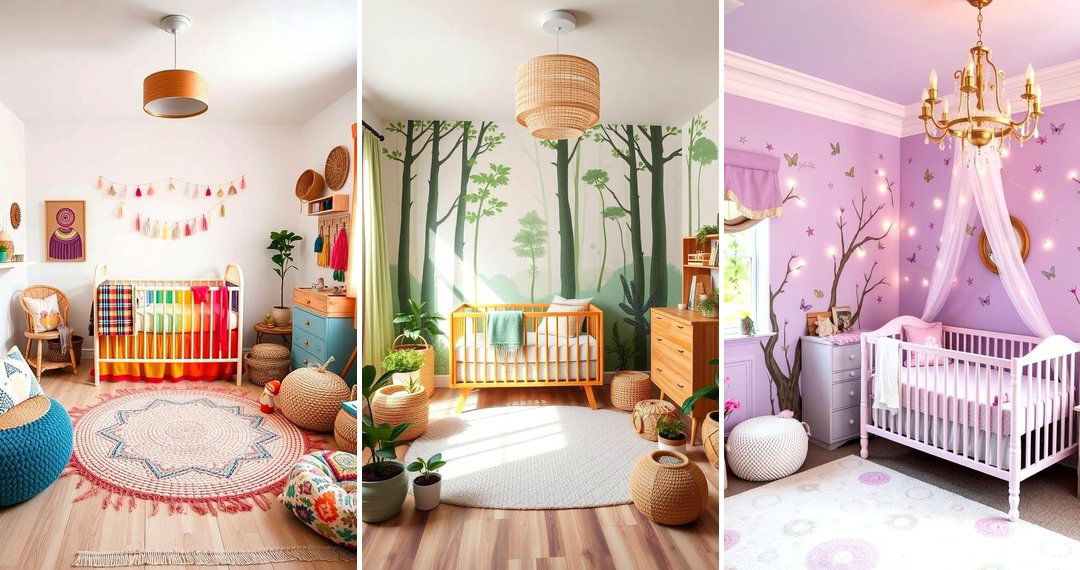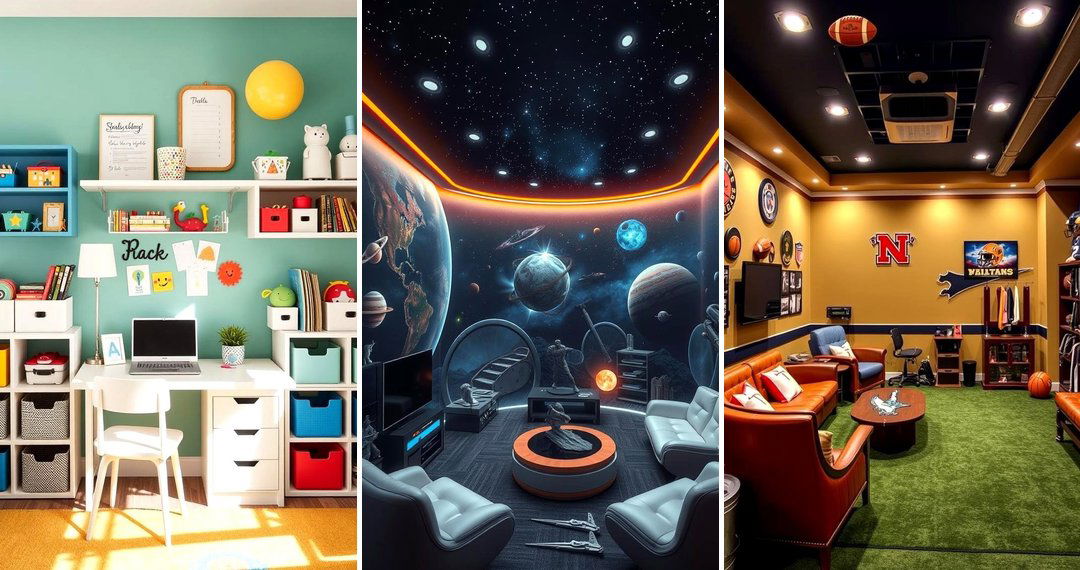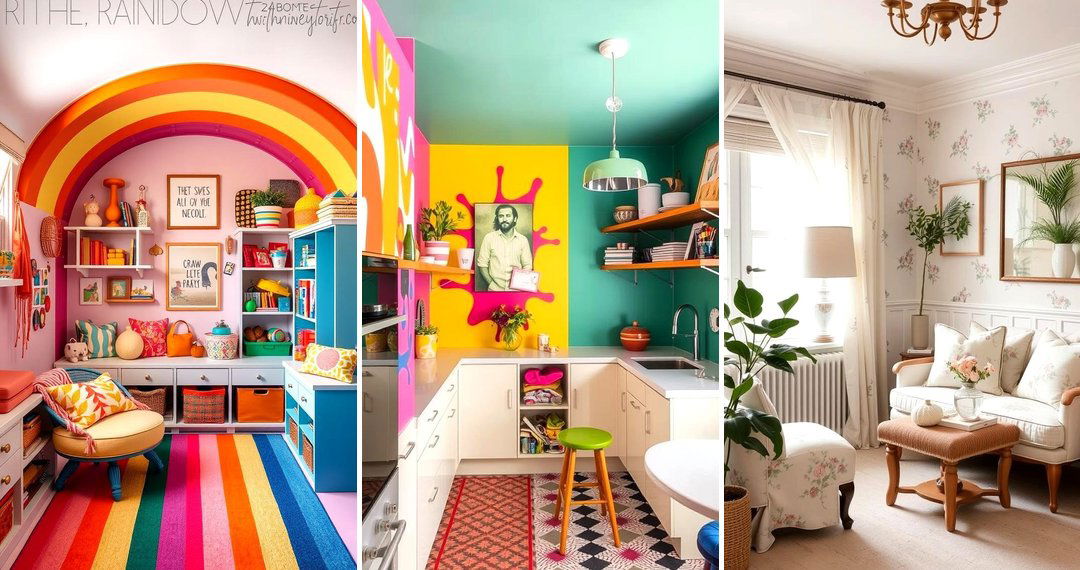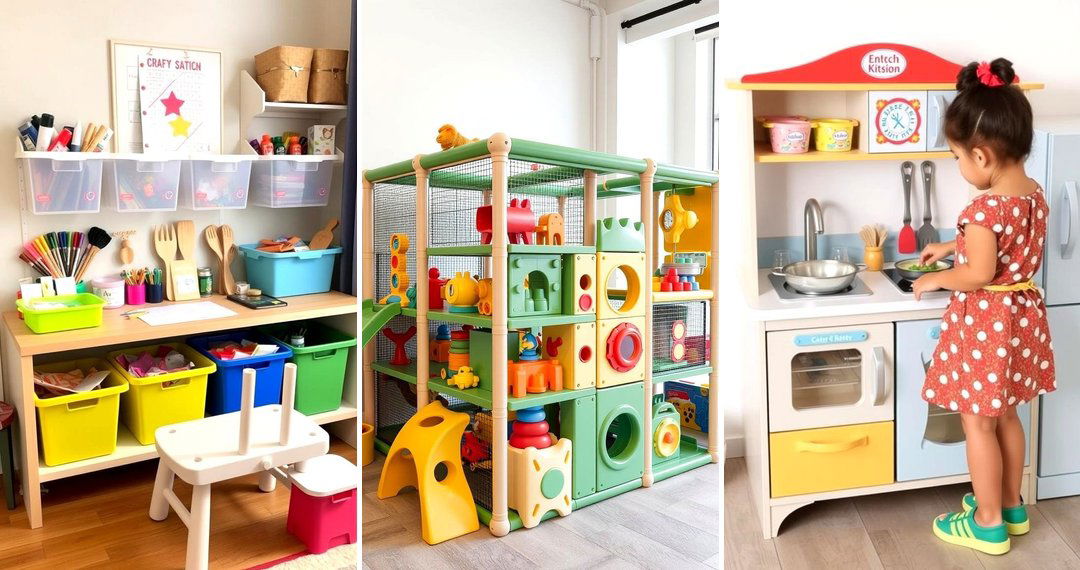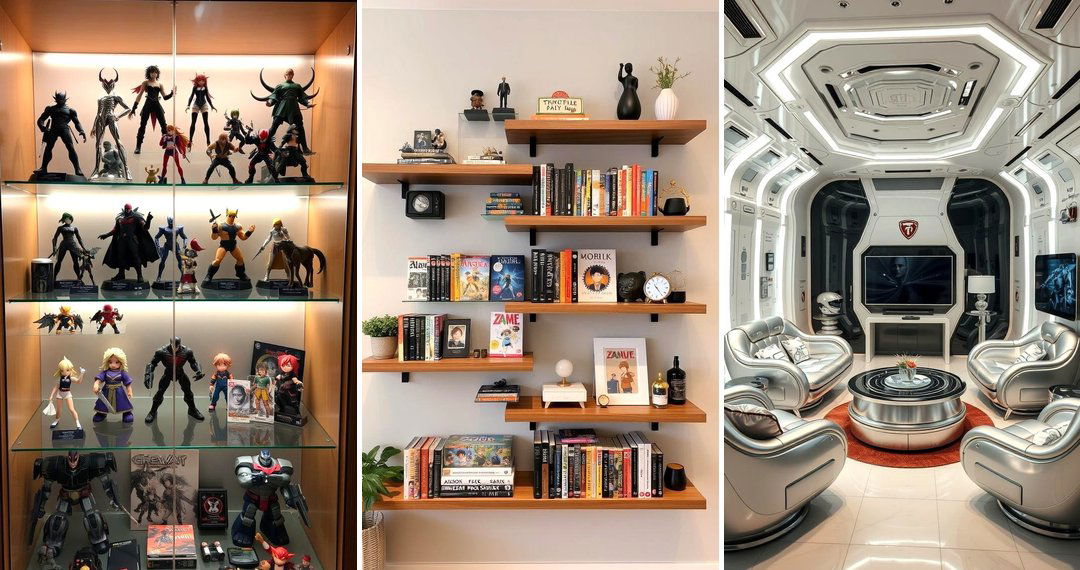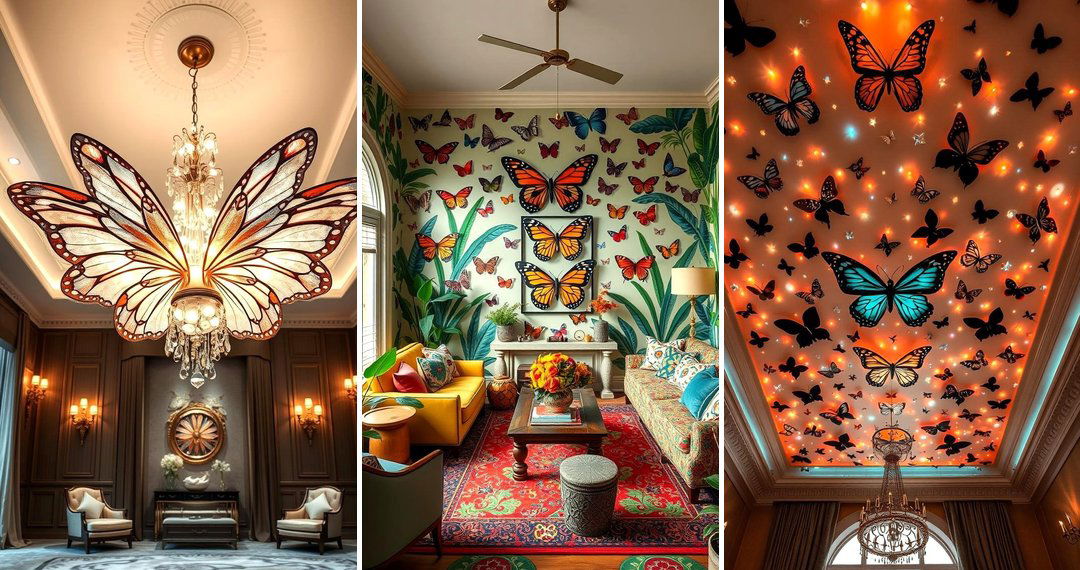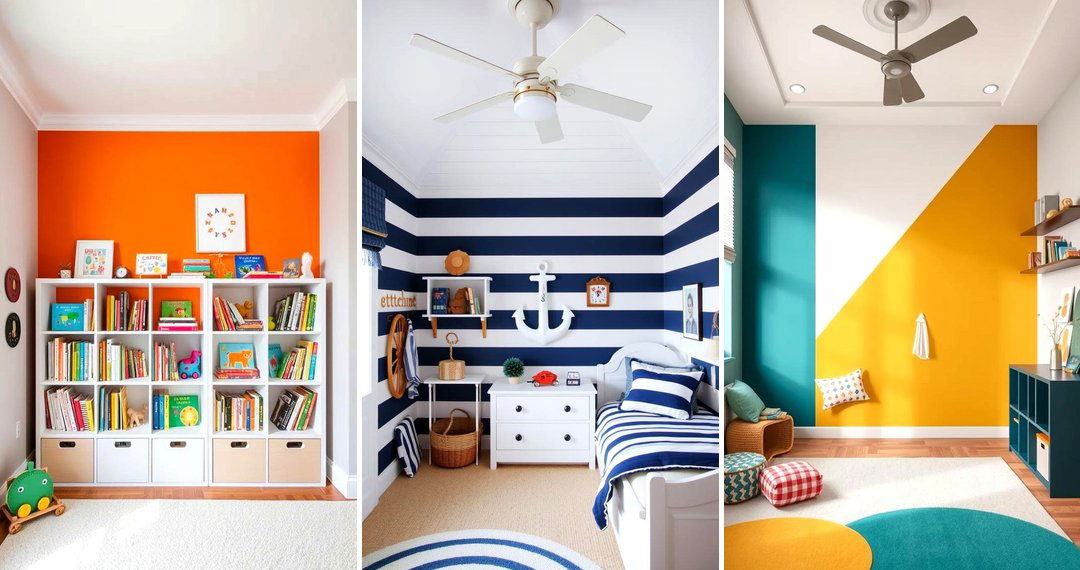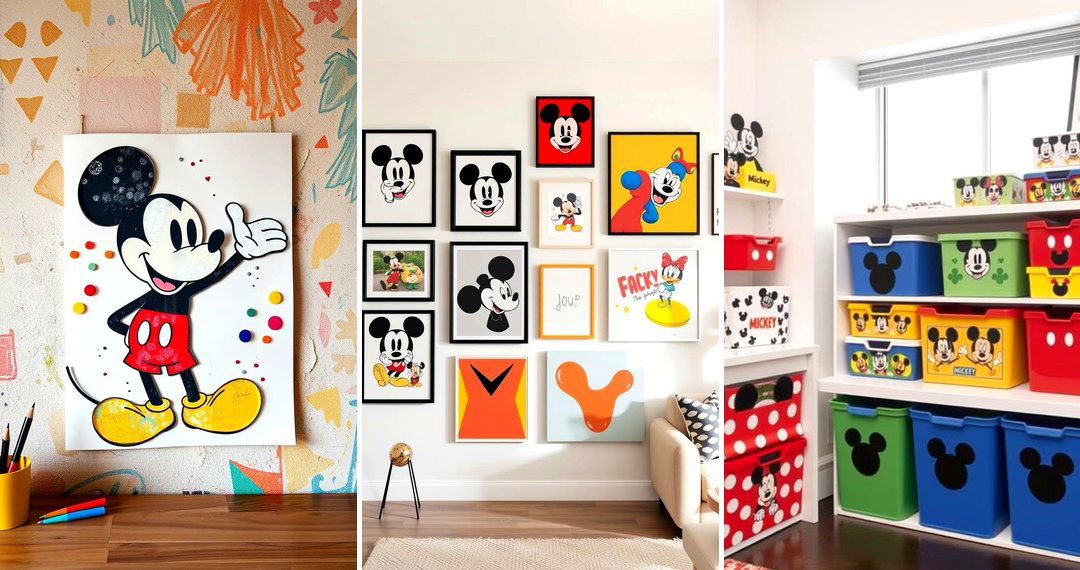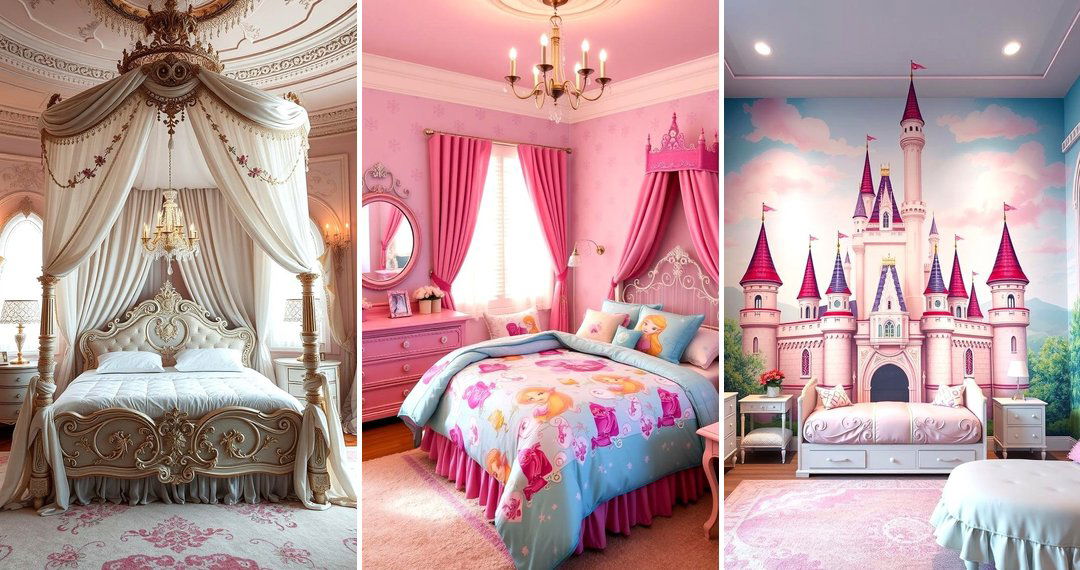Creating a sanctuary of calm and engagement is within reach. Sensory rooms offer a dedicated space designed to stimulate and soothe the senses, providing invaluable benefits for individuals of all ages and abilities. These carefully curated environments can help manage sensory overload, promote relaxation, and encourage exploration. By thoughtfully incorporating various elements, you can transform an ordinary room into an extraordinary haven. Let's explore some inspiring sensory room ideas to spark your imagination and guide you in creating your own personalized retreat.
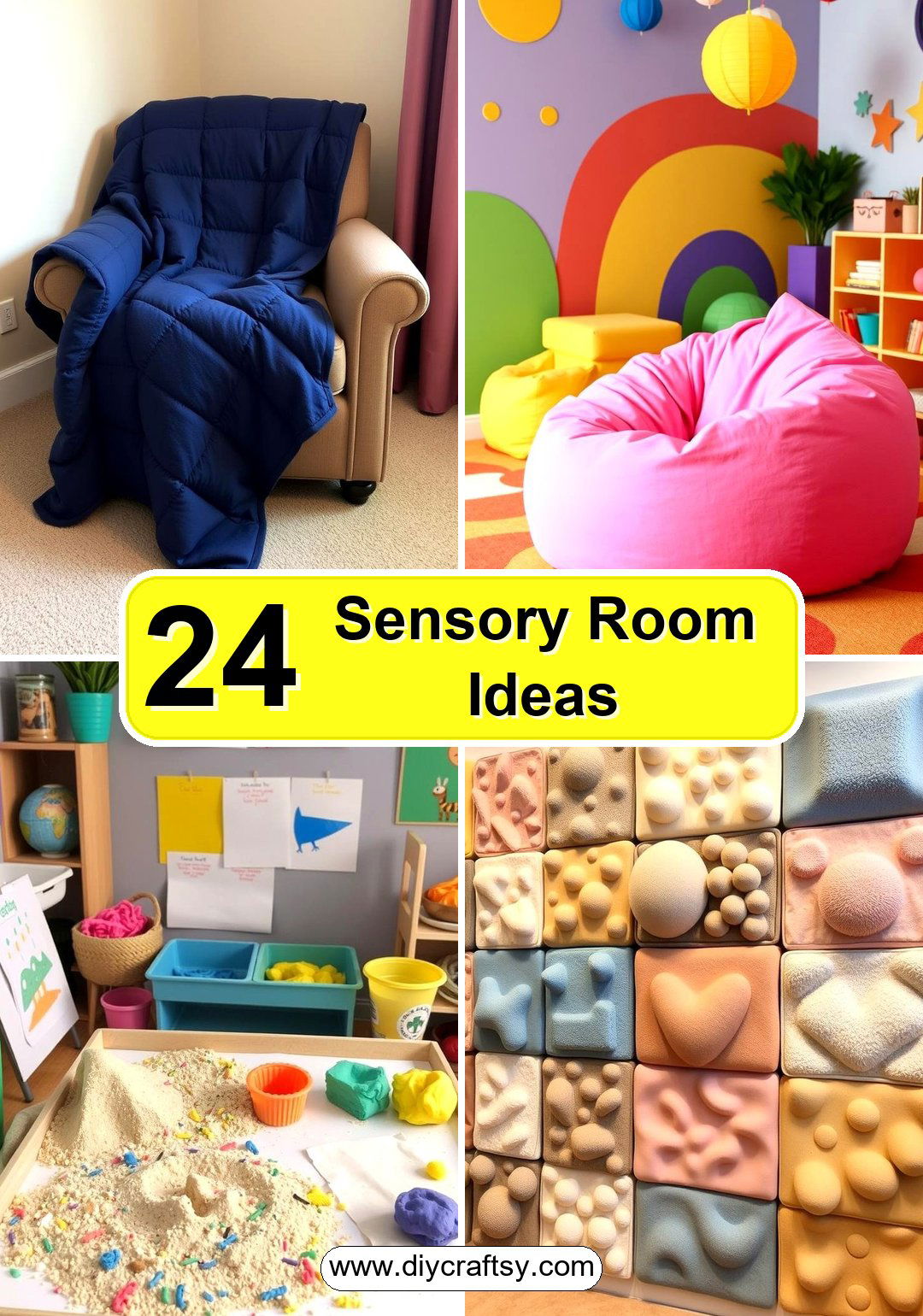
1. Gentle Ambient Lighting

The cornerstone of a calming sensory space often lies in its lighting. Soft, adjustable ambient lighting allows for customization based on individual needs and preferences. Dimming the lights can create a peaceful atmosphere, reducing visual stimulation and promoting relaxation. Consider using lamps with warm-toned bulbs or installing a dimmer switch to fine-tune the intensity. This simple adjustment can significantly impact the overall mood and comfort of the room, making it a more inviting and supportive environment for sensory exploration and regulation.
2. Mesmerizing Bubble Tubes
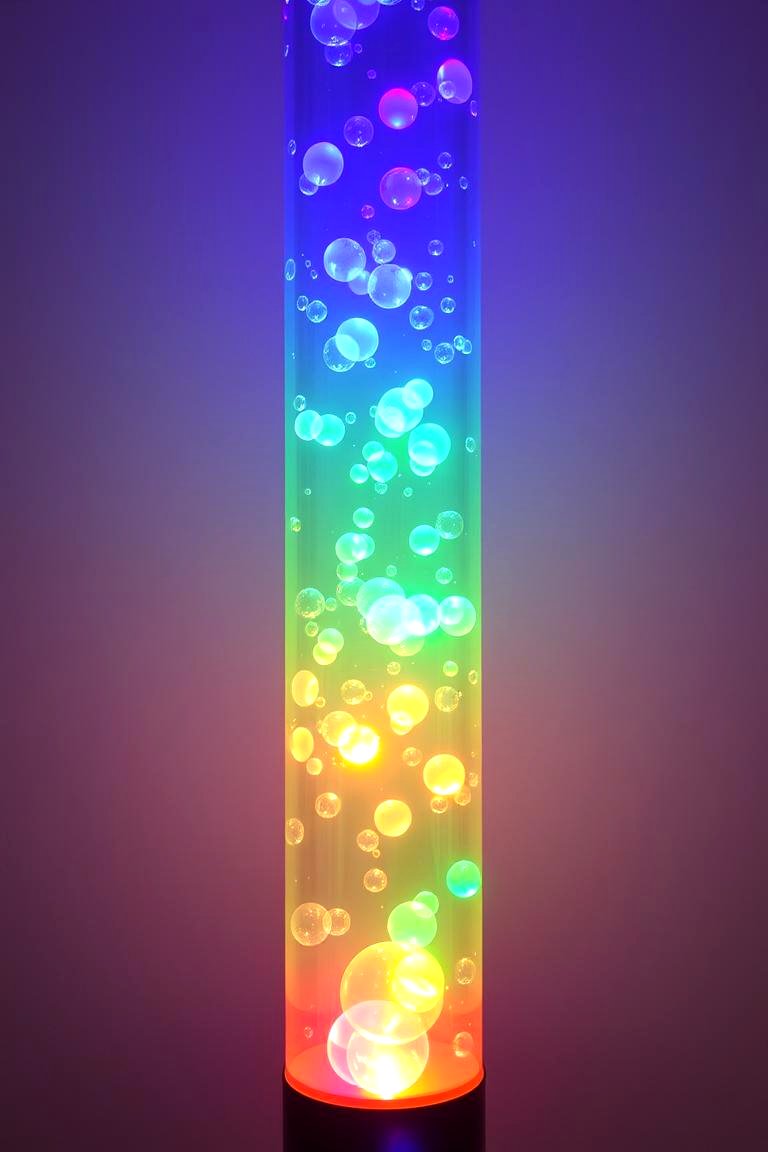
What captivates attention and provides a soothing visual experience? Bubble tubes, with their gently rising streams of colorful bubbles, certainly fit the bill. These floor-standing or wall-mounted tubes offer a dynamic focal point, drawing the eye and promoting visual tracking skills. Furthermore, the subtle vibration of the tube can provide tactile input, adding another layer of sensory engagement. Many bubble tubes also feature color-changing LED lights, allowing for further customization and creating a truly immersive and calming experience.
3. Tranquil Projection Scenes

Consider the power of visual immersion to transport one to a different place. Projectors can display calming scenes of nature, abstract patterns, or even interactive light shows onto walls or ceilings. These visual displays can be particularly beneficial for individuals who find comfort in predictable and gentle movement. The ability to change the projected imagery offers versatility and can cater to different preferences and moods, creating a dynamic yet consistently soothing sensory experience within the room.
4. Comforting Weighted Blankets

Bringing a sense of security and deep pressure stimulation, weighted blankets can be a valuable addition to a sensory room. These specialized blankets provide proprioceptive input, which can help to calm the nervous system and reduce feelings of anxiety. The gentle pressure mimics the sensation of being hugged or swaddled, promoting relaxation and a sense of grounding. Available in various weights and sizes, it's important to choose a blanket that is appropriate for the individual's needs and preferences.
5. Inviting Beanbag Chairs

For ultimate comfort and relaxation, beanbag chairs offer a flexible and supportive seating option. These soft, moldable chairs conform to the body's shape, providing a sense of being enveloped and secure. Their lack of rigid structure allows for movement and repositioning, making them ideal for individuals who need to fidget or change positions frequently. The tactile sensation of the beans can also be calming and provide a gentle form of sensory input.
6. Noise-Reducing Sound Panels
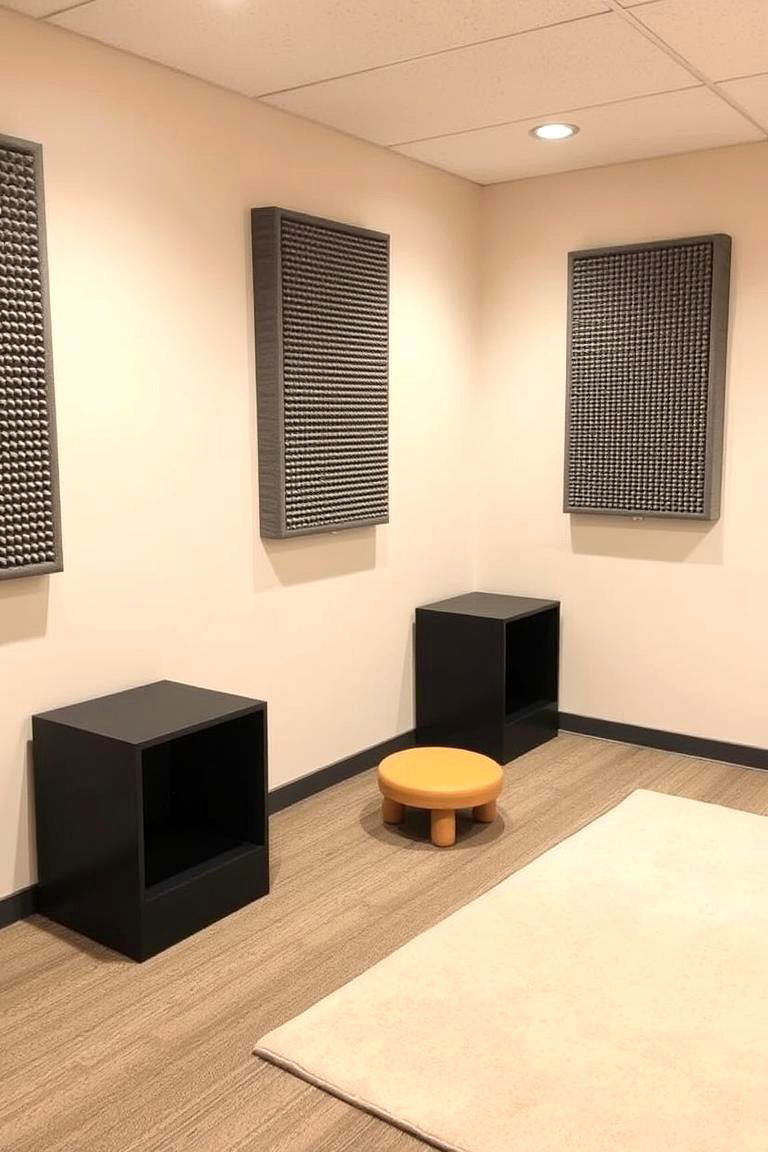
To create a truly calming environment, managing auditory input is crucial. Sound panels, strategically placed on walls and ceilings, can help to absorb and reduce ambient noise and echoes within the room. This is particularly beneficial for individuals who are sensitive to loud or sudden sounds. By minimizing distractions, sound panels contribute to a more peaceful and focused atmosphere, allowing for better concentration and relaxation.
7. Soothing Aromatherapy Diffusers
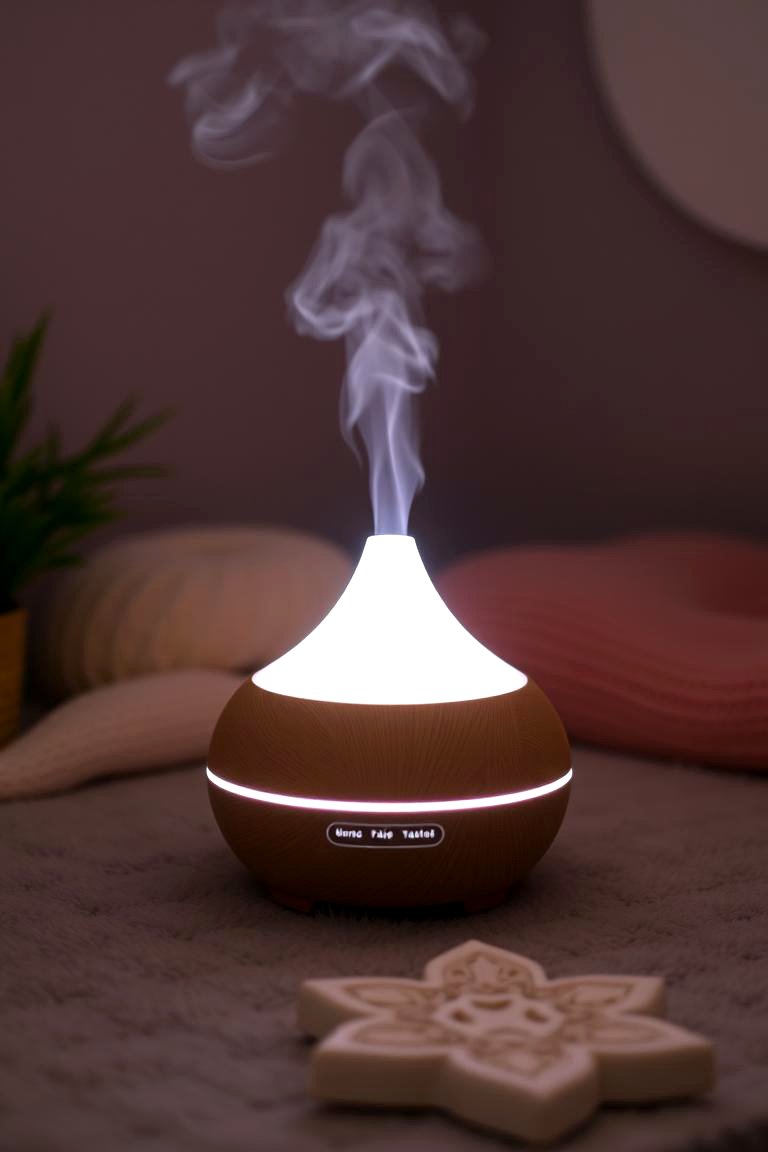
Another way to engage the senses in a calming manner is through aromatherapy. Aromatherapy diffusers release gentle scents into the air, which can have a profound impact on mood and relaxation. Consider using calming essential oils like lavender, chamomile, or sandalwood. Ensure that the scents are mild and well-tolerated by all users of the sensory room. Aromatherapy can add a subtle yet powerful element to the sensory experience, promoting a sense of well-being.
8. Engaging Textured Walls

Take a moment to consider the tactile experience of a sensory room. Incorporating textured wall panels or coverings can provide a rich source of tactile stimulation. These can include a variety of materials like soft fabrics, bumpy surfaces, or even panels with different textures to explore. Textured walls can encourage tactile exploration and provide calming sensory input for individuals who seek out or benefit from this type of stimulation.
9. Interactive Light Panels
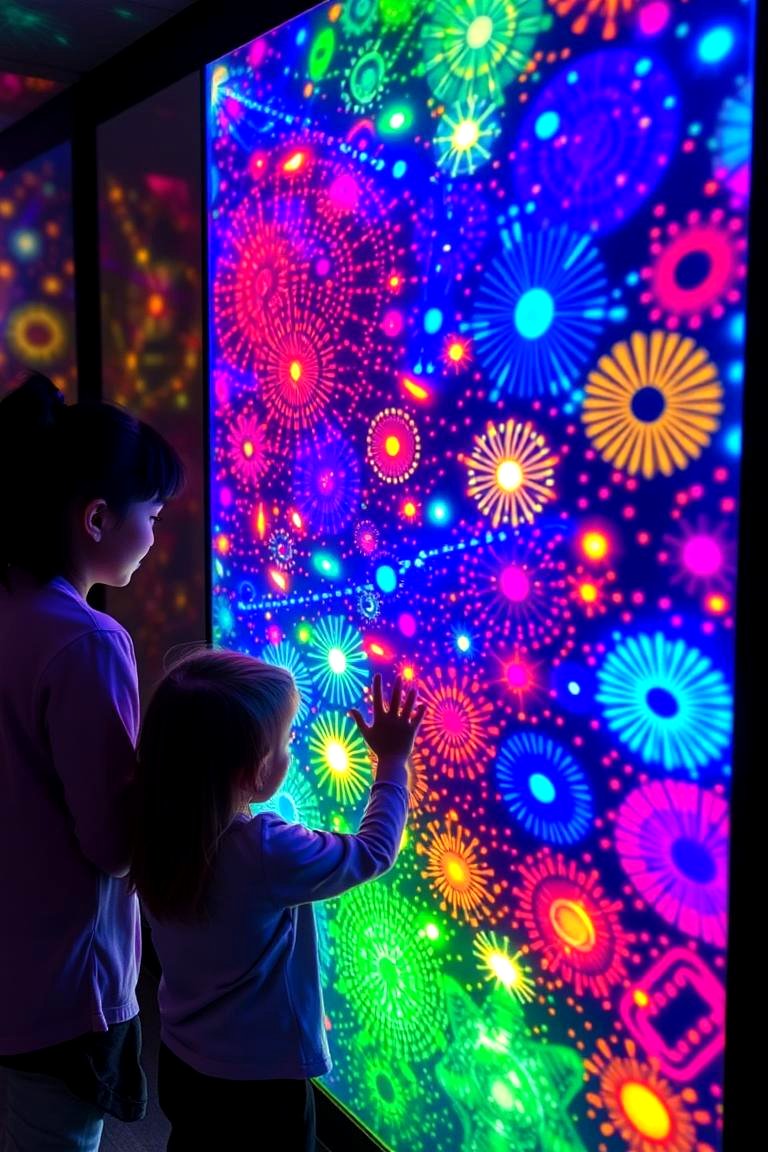
What if you could actively engage with light? Interactive light panels respond to touch, sound, or movement, creating a dynamic and engaging sensory experience. These panels can display a variety of colors and patterns, offering visual stimulation and encouraging cause-and-effect learning. They can be particularly beneficial for individuals with developmental disabilities, providing a fun and interactive way to explore light and color.
10. Comforting Tactile Mats

Bringing a variety of textures underfoot can enhance the sensory experience. Tactile mats, made from different materials like soft plush, bumpy rubber, or even natural elements like pebbles, offer a diverse range of tactile sensations. These mats can be placed in different areas of the room to encourage exploration and provide calming or stimulating input as needed. Walking or even sitting on these mats can be a grounding and engaging experience.
11. Serene Calming Music System

For an auditory escape, a dedicated calming music system can be invaluable. Playing soft, instrumental music, nature sounds, or even white noise can help to create a relaxing and peaceful atmosphere. The ability to control the volume and choose different types of sounds allows for customization based on individual preferences. Music can be a powerful tool for reducing anxiety and promoting a sense of calm within the sensory room.
12. Relaxing Nature Sounds Player
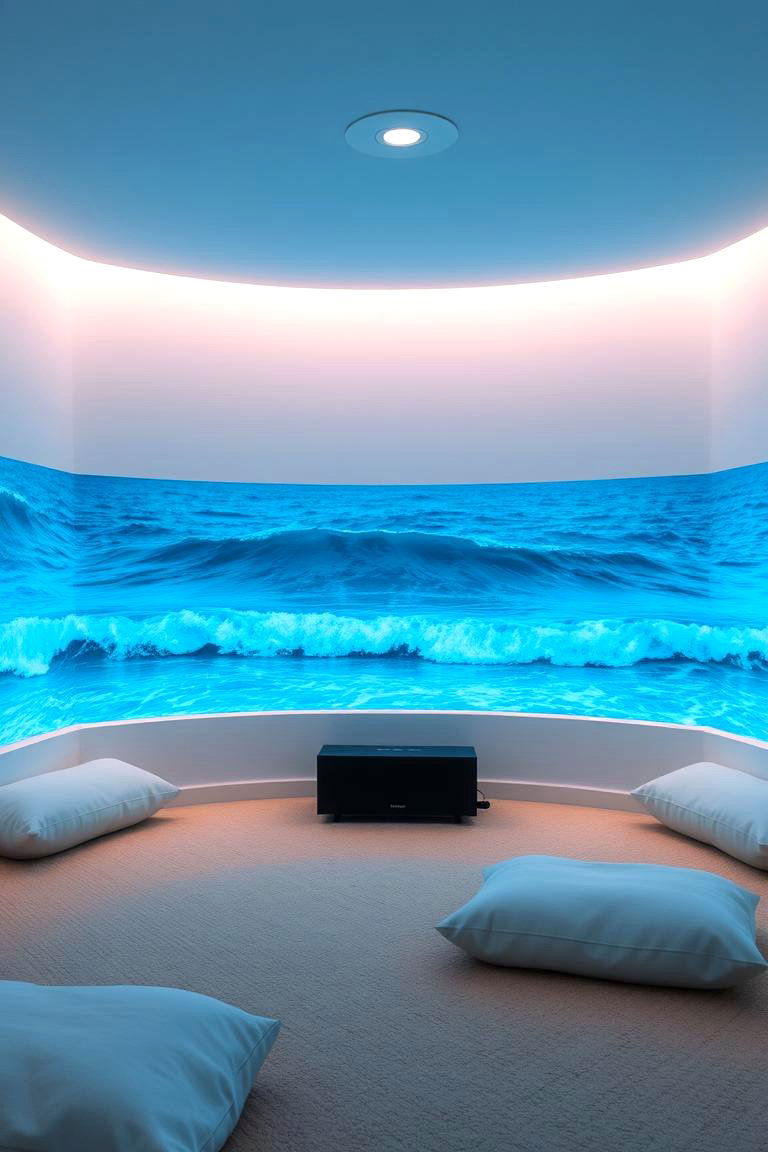
Consider the tranquility of the natural world. A nature sounds player can bring the soothing sounds of rain, ocean waves, or birdsong into the sensory room. These sounds can be particularly calming and can help to mask distracting background noises. The predictability and gentle rhythm of nature sounds can create a sense of peace and well-being, making the sensory room a more restful space.
13. Gentle Sensory Swing
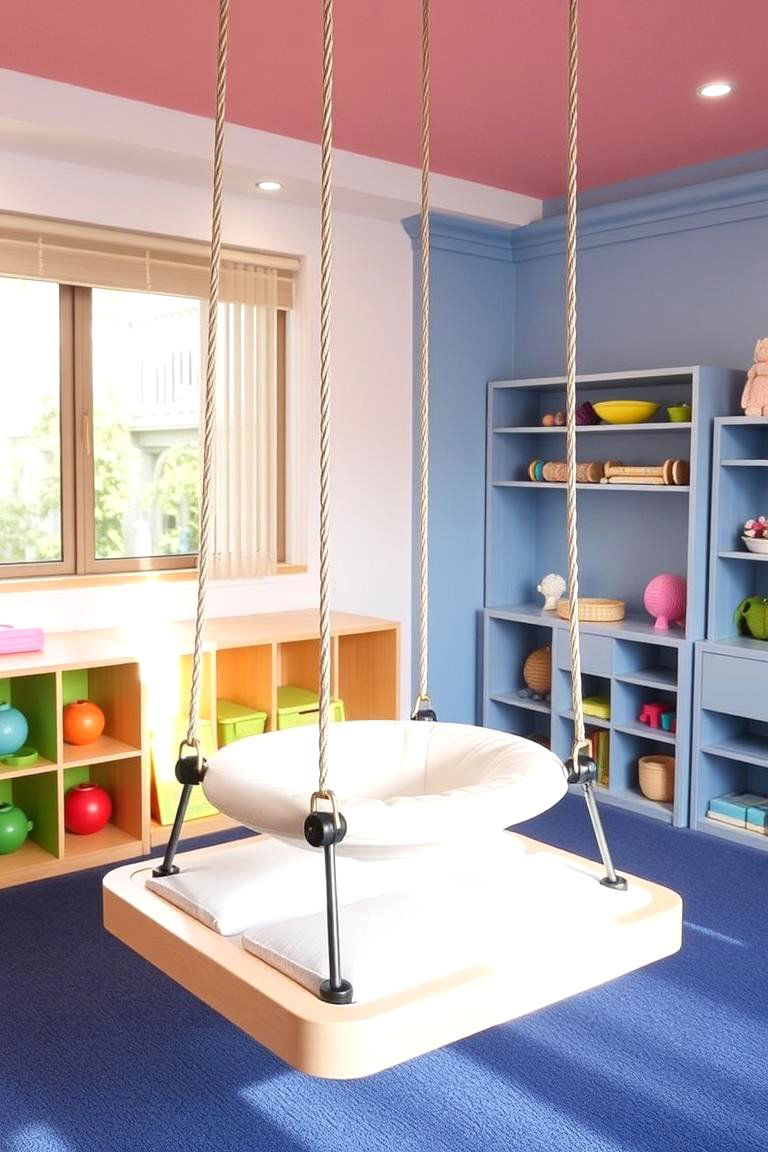
Another dynamic element to consider is a sensory swing. Gentle swinging motions can provide vestibular input, which can be both calming and regulating for many individuals. Different types of swings, such as platform swings or hammock swings, offer varying levels of sensory input. Ensure the swing is safely installed and used under supervision. The rhythmic motion can be incredibly soothing and enjoyable.
14. Versatile Therapy Balls

Take a moment to think about interactive tools. Therapy balls, available in various sizes and textures, can be used for a multitude of purposes in a sensory room. They can be rolled, bounced, squeezed, or even sat on, providing tactile, proprioceptive, and even vestibular input. Their versatility makes them a valuable addition, allowing for both active play and calming sensory exploration.
15. Engaging Fidget Toys Station
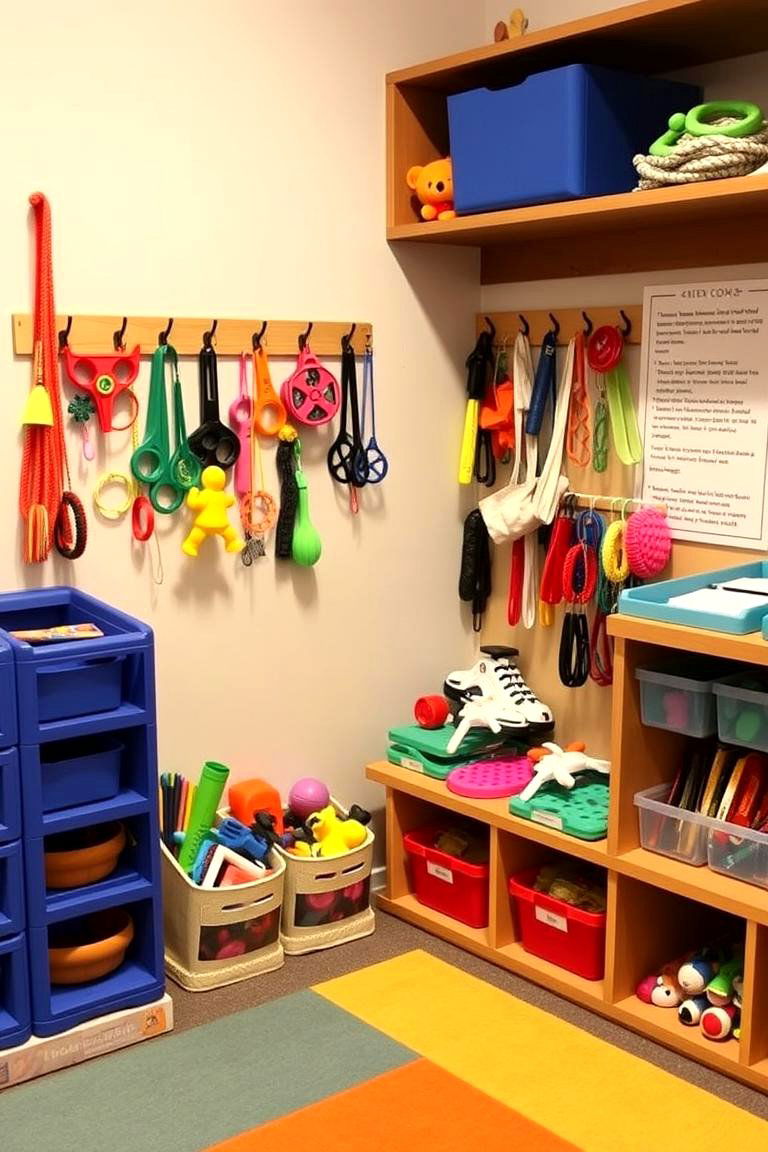
What about providing opportunities for focused fidgeting? A designated station with a variety of fidget toys can be incredibly helpful for individuals who need to keep their hands busy to focus or manage anxiety. Include a range of textures, shapes, and sizes, such as stress balls, textured cubes, and tangle toys. This allows individuals to choose the fidget tool that best meets their current needs.
16. Dazzling Mirror Ball

For a touch of visual excitement and a calming focal point, a mirror ball can be a captivating addition. When light shines on the rotating ball, it casts shimmering reflections around the room, creating a gentle and mesmerizing visual display. The slow movement of the light can be both engaging and calming, adding a touch of magic to the sensory environment.
17. Enchanting Fiber Optic Strands

Consider the allure of gentle, twinkling lights. Fiber optic strands emit soft, color-changing lights that can be touched and explored. These strands can be hung from the ceiling, draped along walls, or placed in a container for tactile and visual exploration. The gentle illumination and the ability to interact with the strands make them a calming and engaging sensory tool.
18. Soothing Water Bed
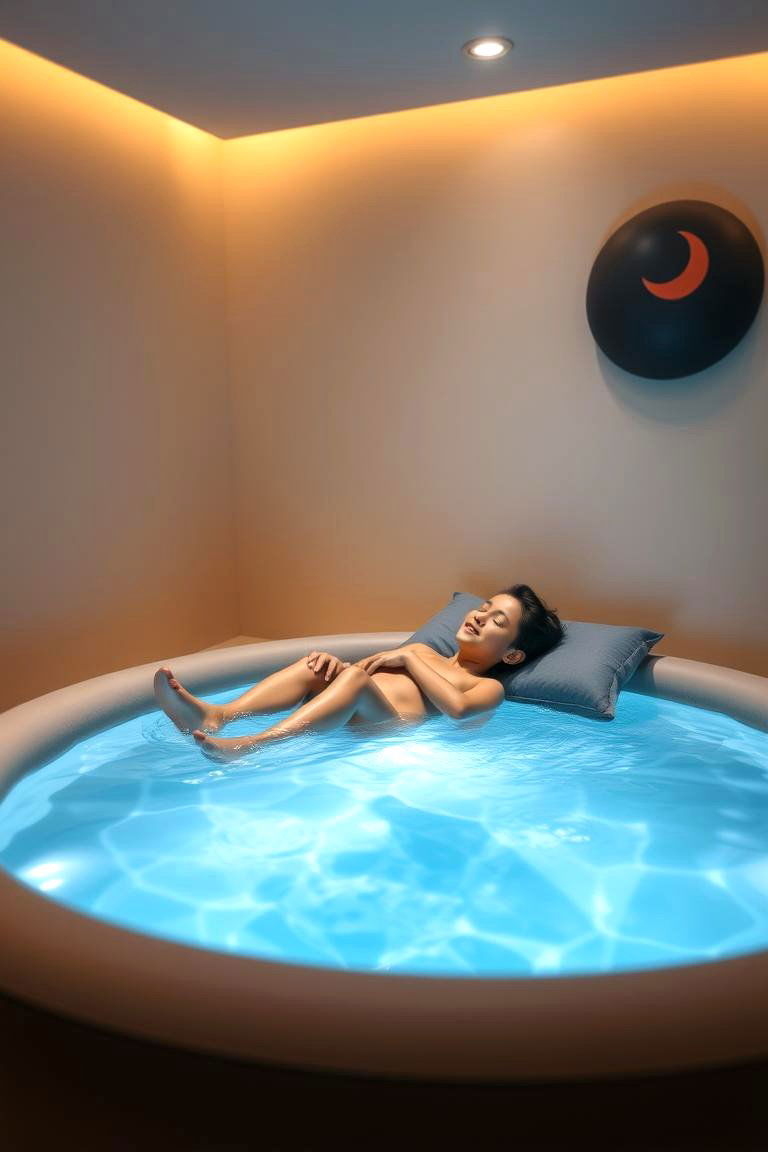
For deep relaxation and tactile comfort, a water bed can be a luxurious addition to a sensory room. The gentle rocking motion and the feeling of being supported by water can be incredibly soothing and can promote relaxation and sleep. Ensure the water bed is properly maintained and temperature-controlled for optimal comfort and safety.
19. Cozy Tent or Canopy
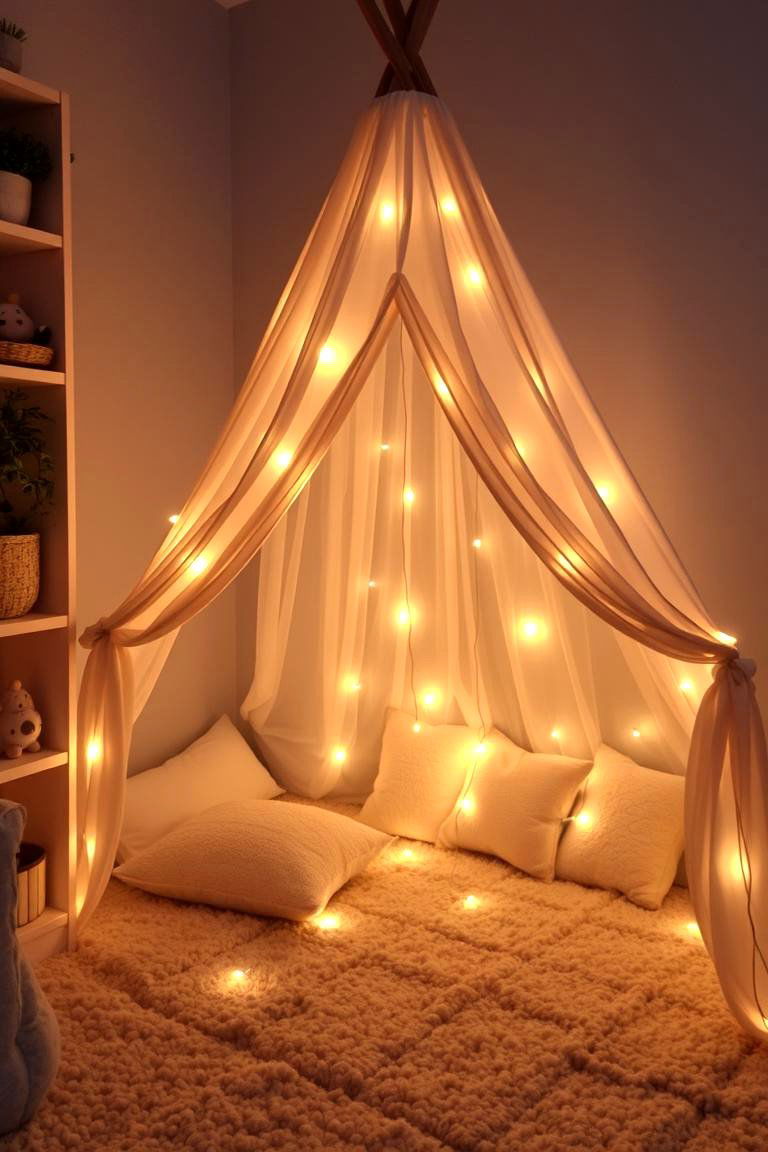
To create a sense of privacy and security within the larger sensory room, consider adding a tent or canopy. This can provide a smaller, more enclosed space where individuals can retreat when feeling overwhelmed or in need of a quiet moment. Decorate the interior with soft cushions and calming lights to create a truly peaceful sanctuary within a sanctuary.
20. Creative Art Station with Textures

What if you could combine creativity with sensory exploration? An art station equipped with a variety of textured materials like sand, playdough, paint with different textures, and textured paper can provide a stimulating and engaging activity. This allows individuals to express themselves creatively while also benefiting from the tactile input provided by the different materials.
21. Grounding Vibration Platform

For proprioceptive and tactile input, a vibration platform can be a valuable tool. Standing or sitting on the platform provides gentle vibrations that can be calming and grounding for some individuals. Different settings can offer varying levels of intensity. Use this tool under supervision and consider individual sensitivities to vibration.
22. Exploratory Tactile Sensory Bin

Take a moment to imagine a container filled with interesting textures. A tactile sensory bin, filled with materials like dried beans, rice, water beads, or even themed items, can provide a rich source of tactile exploration. Burying hands in the bin, scooping, and sorting can be calming and engaging activities. Ensure the materials are safe and appropriate for the individuals using the room.
23. Comforting Body Sock
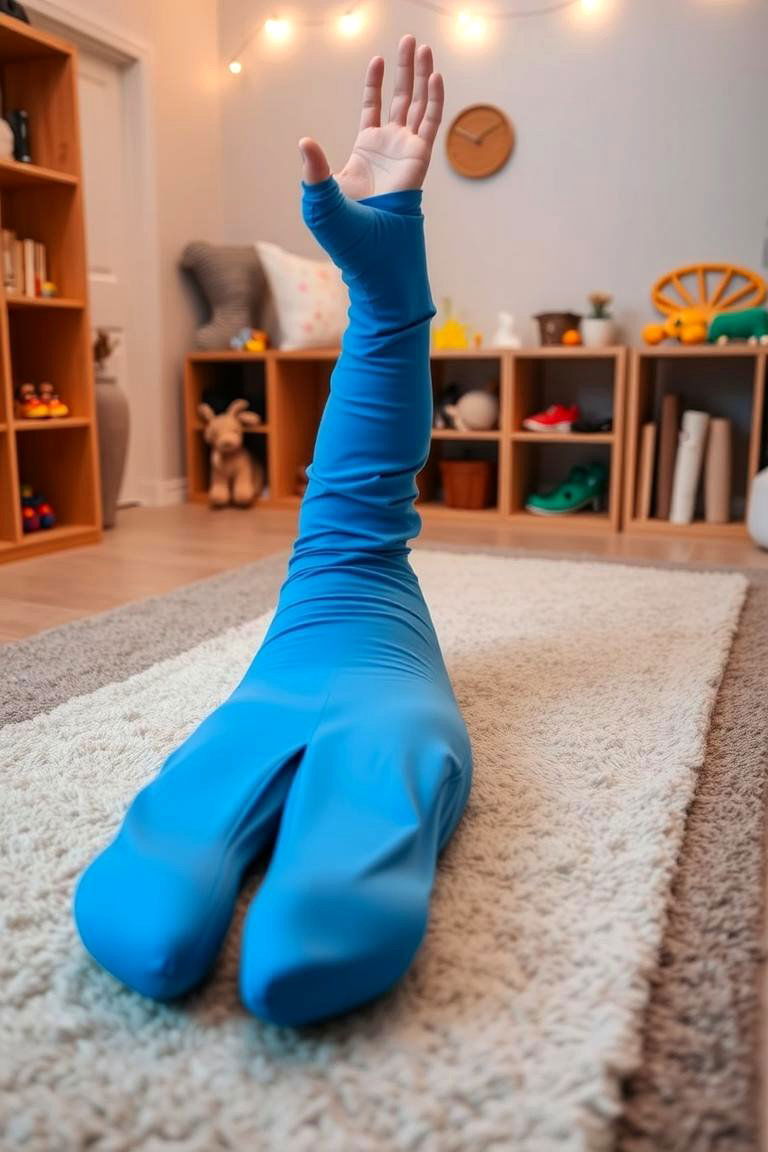
Consider a tool that provides deep pressure and proprioceptive feedback. A body sock is a stretchy fabric garment that encloses the body, providing a gentle, all-over pressure. This can be incredibly calming and can help individuals to feel more secure and grounded. Body socks can also be used for imaginative play and movement activities.
24. Helpful Visual Schedules

Finally, for individuals who benefit from structure and predictability, visual schedules can be a valuable addition to the sensory room. These schedules use pictures or symbols to represent activities or routines, providing a clear understanding of what to expect. This can reduce anxiety and promote a sense of control within the sensory environment.
Conclusion:
Sensory rooms offer a powerful means of fostering well-being and engagement by thoughtfully addressing individual sensory needs. From the gentle embrace of a weighted blanket to the captivating allure of a bubble tube, each element plays a crucial role in creating a supportive and enriching environment. By carefully considering these 24 sensory room ideas, you can design a personalized space that promotes relaxation, reduces sensory overload, and encourages exploration, ultimately enhancing the lives of those who use it. The possibilities for creating impactful sensory experiences are vast, inviting you to transform any space into a haven of calm and discovery with these inspiring sensory room ideas.


